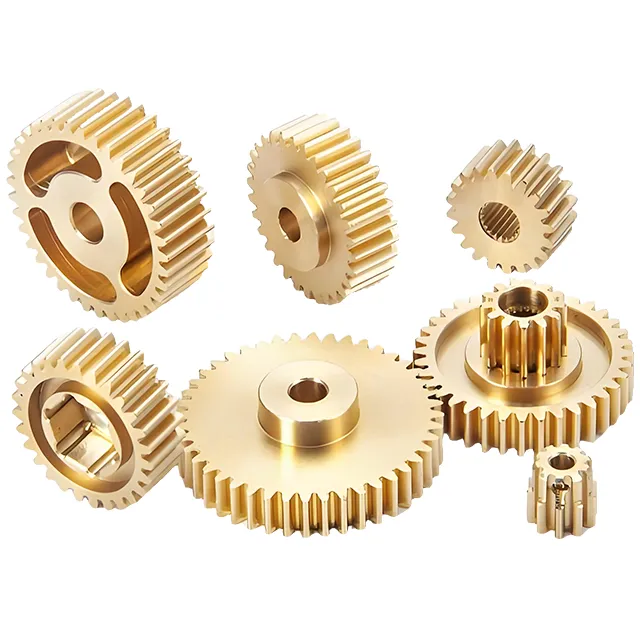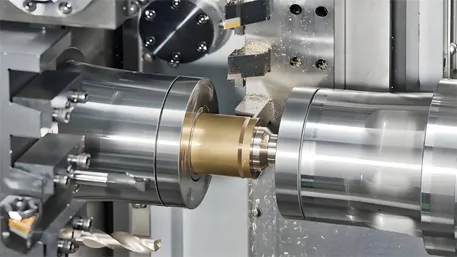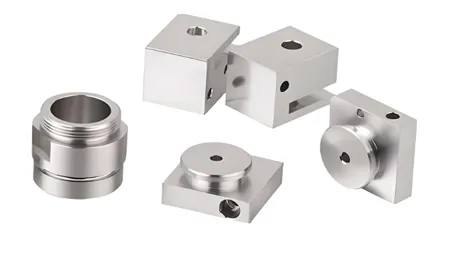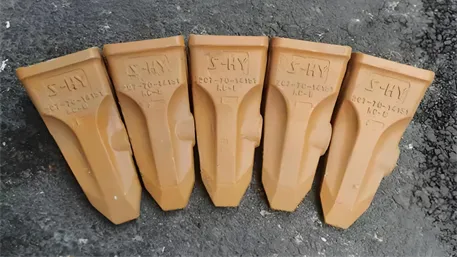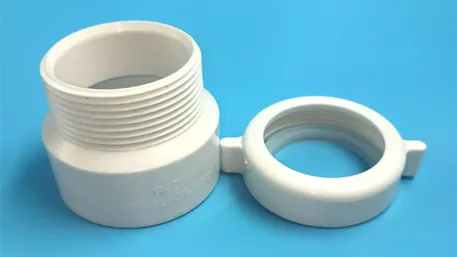In the competitive landscape of modern manufacturing, custom CNC anodized parts have emerged as a sought – after solution, combining the precision of CNC machining with the functional and aesthetic benefits of anodization. These parts are essential across various industries, offering enhanced corrosion resistance, wear durability, and customizable surface finishes. This article explores the technical capabilities, customization process, material selection, quality control, and industry applications of custom CNC anodized parts.

I. Technical Capabilities: Precision Meets Innovation
(A) High – Precision Machining
CNC machining ensures exceptional dimensional accuracy for anodized parts, with positioning accuracy reaching ±0.003mm and repeat positioning accuracy of ±0.005mm. Whether it’s a complex aerospace component or a small electronic part, tight tolerances are maintained, guaranteeing a perfect fit in assemblies. Five – axis CNC technology further enables the creation of intricate geometries, reducing setup – related errors from ±0.015mm to within ±0.005mm and boosting production efficiency by over 50%.
(B) Advanced Anodization Integration
CNC – controlled anodization processes optimize the anodizing of parts. The thickness and quality of the anodized layer can be precisely regulated, with typical thicknesses ranging from 5 to 25 micrometers depending on the application. For parts in corrosive environments, a thicker 25 – micrometer layer can be applied, while a 5 – micrometer layer suffices for aesthetic purposes. Additionally, CNC – guided coloring techniques allow for a wide range of colors, from classic metallic tones to vibrant hues, enhancing the visual appeal of the parts.
II. Customization Process: Tailored to Your Needs
(A) Requirement Analysis
Our engineering team starts by understanding your application, performance expectations, and design preferences. We consider factors like the operating environment, mechanical loads, and aesthetic requirements. Using CAD/CAM software, we generate design concepts and collaborate with you to refine them until they meet your vision.
(B) Material and Finish Selection
Based on the design, we recommend suitable materials, usually aluminum alloys like 6061 – T6 or 7075 – T6, known for their formability and anodization compatibility. We also discuss anodization options, such as clear anodizing for a natural look, hard anodizing for increased wear resistance, or colored anodizing for branding purposes. Alongside this, we provide a cost analysis factoring in material, machining, and anodization costs.
(C) Production and Quality Assurance
Once approved, production begins. You can track the order’s progress online. Our technicians use advanced CNC machines for machining and specialized anodizing equipment for surface treatment. Each part undergoes dimensional inspection with CMMs (ensuring ±0.003mm tolerance), surface finish measurement, and anodized layer thickness verification before delivery.
III. Material Selection: Balancing Performance and Cost
(A) 6061 – T6 Aluminum Alloy
A popular choice, 6061 – T6 offers a good balance of strength, machinability, and corrosion resistance. With a tensile strength of up to 310 MPa, it’s suitable for general – purpose applications like automotive components, consumer electronics, and industrial fixtures. Its anodization properties result in a smooth, durable surface finish.
(B) 7075 – T6 Aluminum Alloy
Ideal for high – stress applications, 7075 – T6 has a higher tensile strength of up to 572 MPa. Used in aerospace and high – performance automotive parts, it can withstand heavy loads while still accepting anodization well, providing both strength and an attractive, protective surface.
IV. Quality Control: Ensuring Excellence
(A) Raw Material Inspection
All incoming materials are rigorously tested. Spectroscopic analysis verifies chemical composition, while hardness and tensile tests ensure material integrity. For example, when using 6061 – T6, we confirm alloying element ratios and mechanical properties meet standards.
(B) In – Process Monitoring
Statistical process control monitors key machining and anodization parameters. Regular sampling checks cutting speeds, feed rates, anodizing bath temperature, and voltage. Any deviation triggers immediate corrective action to maintain consistent quality.
(C) Final Inspection
Before shipping, parts undergo comprehensive inspection. Dimensional accuracy, surface finish, anodized layer thickness, and color uniformity are all verified. Only parts meeting our strict criteria are approved for delivery.
V. Industry Applications: Wide – Reaching Utility
(A) Aerospace Industry
In aerospace, custom CNC anodized parts, often made from 7075 – T6, are used for components like brackets, fasteners, and structural parts. Anodization provides corrosion resistance in harsh flight conditions and reduces weight, contributing to fuel efficiency.
(B) Automotive Industry
Automotive manufacturers use anodized parts for both functional and aesthetic purposes. 6061 – T6 anodized components such as engine mounts, suspension parts, and decorative trims offer strength, corrosion resistance, and customizable looks.
(C) Electronics Industry
In electronics, anodized aluminum parts protect sensitive components from electromagnetic interference and corrosion. The precise machining and smooth, non – conductive anodized surface are ideal for housings, heat sinks, and connectors.
VI. Frequently Asked Questions
(A) What is the typical lead time for custom parts?
Lead times vary by design complexity and order quantity. Simple parts can be ready in 3 – 5 days, while complex ones may take 7 – 10 days. Rush orders are available.
(B) How durable is the anodized layer?
Hard anodized layers can have a hardness of up to 500 HV, providing excellent wear resistance. Clear and colored anodized layers also offer good protection against corrosion and abrasion.
(C) Can I choose any color for anodization?
We offer a wide color range, but availability may depend on the anodization process and material. Our team can help you select the best color option for your needs.
Ready to Get Your Custom CNC Anodized Parts?
Contact us today to discuss your project. Our experts are here to provide tailored solutions, ensuring your parts meet the highest standards of precision, durability, and aesthetics.

